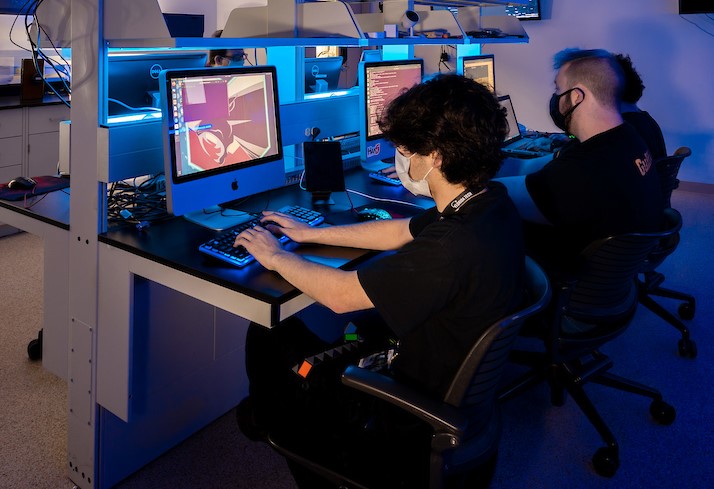Document Type
Conference Proceeding
Publication Title
Proceedings of SPIE - the International Society for Optical Engineering
Abstract
With its potential for parallel computation and general applicability, the Hopfield neural network has been investigated and improved by many researchers in order to extend its usefulness to various combinatorial problems. In spite of its success in several applications within different energy function formulations, determination of the energy coefficients has been based primarily on trial and error methods since no practical and systematic way of finding good values has been available preciously, although some theoretical analyses have been presented. In this paper, we present a methodical procedure which adaptively determines the energy coefficients leading to a valid solution as the network evolves. This method directly utilizes the value of each competing term in the energy function to balance the coefficients at each stage of the computation of the network. The advantage of this method is that the system itself controls the amount of energy which each term contributes to the total energy. To demonstrate the effectiveness of this approach, the N-Queens problem (a well known example of a constraint satisfaction problem) is studied and verified. Also, an inexpensive method for computation of the new energy level of each term at each stage of iteration is described based on incremental updating.
First Page
36
Last Page
43
DOI
10.1117/12.235953
Publication Date
3-22-1996
Recommended Citation
Park, C., & Fausett, D. W. (1996). Determination of adaptively adjusted coefficients for hopfield neural networks utilizing the energy function. Paper presented at the Proceedings of SPIE - the International Society for Optical Engineering, , 2760 36-43


